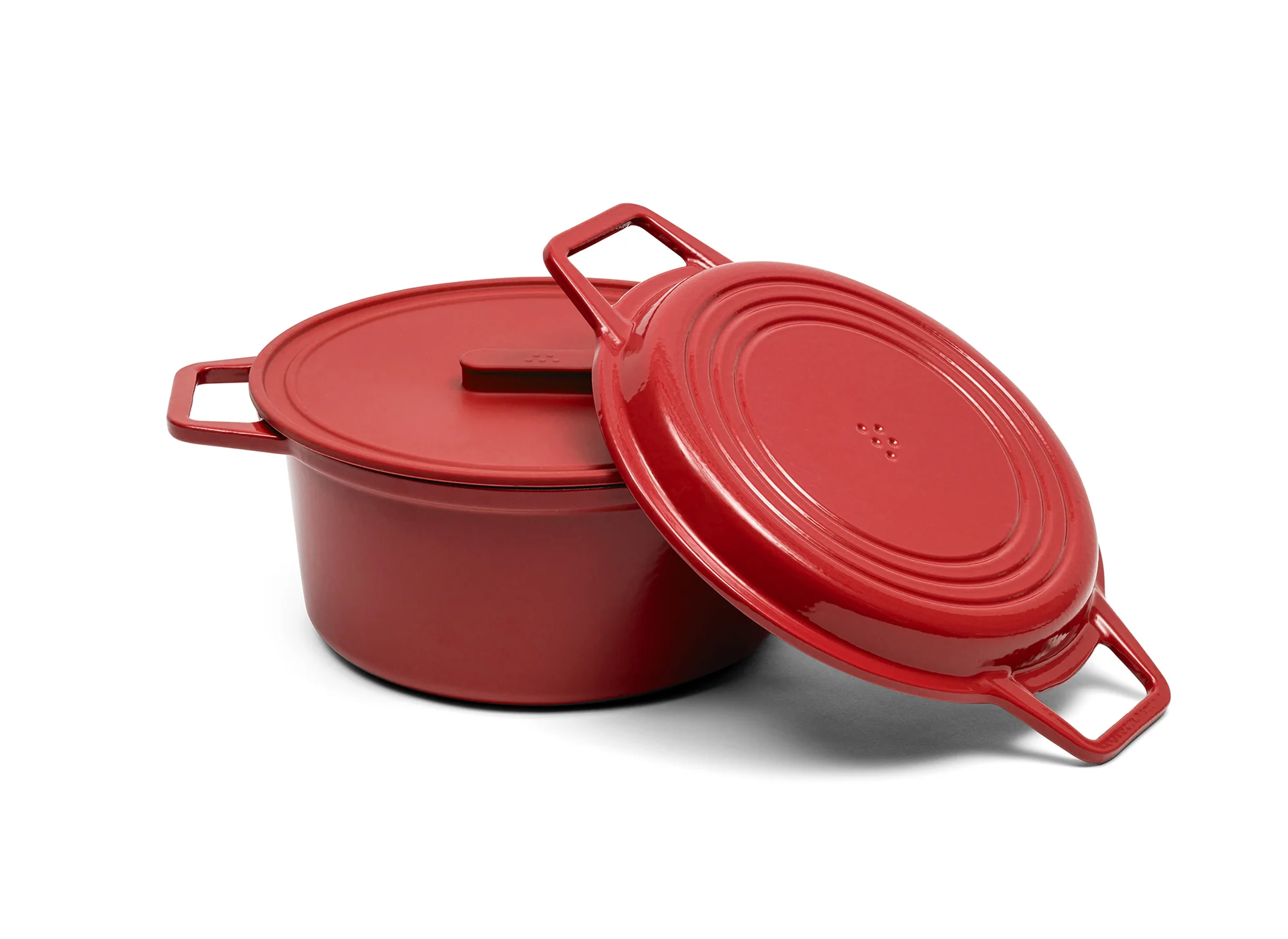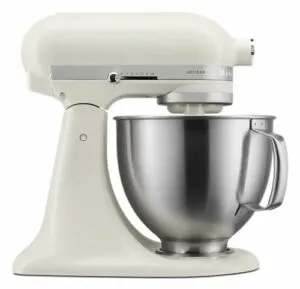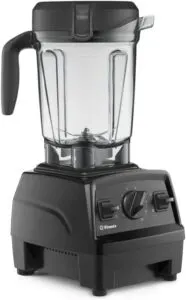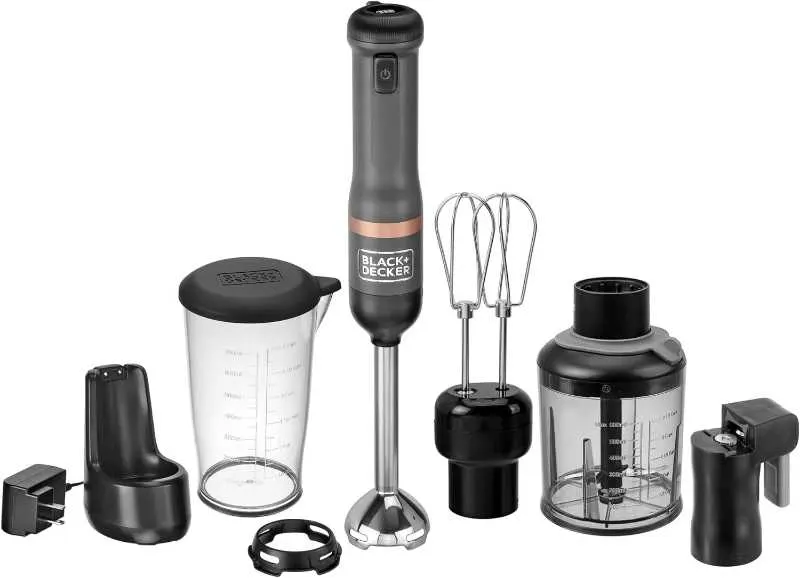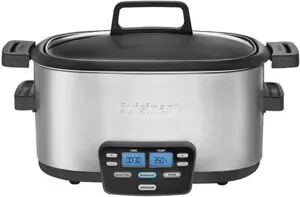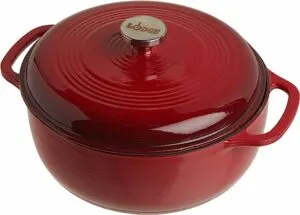The best flour for pizza dough typically depends on the kind of crust you like! A high-protein bread flour or pizza flour is the most commonly used for a successful crust, but if you prefer thin and crispy crusts or Neapolitan-style pizzas, you may want to give some others a try.
Making the best homemade pizza dough recipe shouldn’t take tons of energy and hours in the kitchen. Using the right ingredients can save you both time and effort. With our help, you can cut down on prep and cook times and still make delicious dishes from scratch–including a perfect pizza!

What Flour to Use for Pizza Dough
Choosing the right flour for your pizza dough is more than just a step in the recipe; it’s a decision that significantly impacts the final outcome of your pizza.
The type of flour you select influences the texture and taste of the crust and how easy the dough is to handle during preparation.
Flour’s primary component, gluten, plays a crucial role here. Gluten provides elasticity and strength to the dough, allowing it to stretch without tearing and creating the air pockets that lead to a light, chewy crust.
The choice between flours—or a blend of them—allows for customization according to personal preference and the type of pizza you want. Let’s dive deeper into each flour’s unique characteristics and how they contribute to your perfect pizza dough.
Can I use bread flour for the crust?
Bread flour, with its higher protein content of 12% to 14%, is key for achieving a chewy, artisanal pizza crust. This protein enriches the dough’s gluten network, enhancing elasticity and strength, which is essential for a light, airy, and chewy crust.
Why Opt for Bread Flour?
- Chewier Crust: Ideal for those who love a dense, chewy crust.
- Better Structure: Its strong gluten network supports extensive stretching and topping weight without tearing.
- Higher Water Absorption: Makes the dough easier to handle, especially with wetter, more hydrated recipes.
- Flavor Development: Longer fermentation times with bread flour deepen the dough’s flavor, adding a nuanced taste to your crust.
When to Use It: Bread flour is perfect for a variety of pizza types, from thin Neapolitan to thicker, more rustic styles. It’s especially suitable for bakers looking for a durable dough that can handle a bit of stretching and shaping, and for those aiming for a crust with a notable chew and a crisp exterior.
Can I use plain flour for pizza dough (all purpose flour)?
All-purpose flour has a lower protein content, typically around 8% to 11%, compared to bread flour’s 12% to 14%. This difference means that all-purpose flour develops less gluten, resulting in a softer, more tender crust than the chewy, elastic crust achieved with bread flour.
Why Opt for All-Purpose Flour?
- Versatility: Perfect for a wide range of pizza styles, from thin crusts to thicker, softer bases.
- Ease of Handling: Less protein means the dough is more forgiving and easier to shape, ideal for beginners.
- Softer Crust: Yields a tender, softer crust that’s not as chewy, suitable for those who prefer a lighter bite.
- Shorter Prep Time: Generally requires less kneading and shorter fermentation times, making it great for quicker pizza recipes.
Choosing all-purpose flour offers a balance between simplicity and flexibility, making it a great option for home cooks who value convenience without compromising on quality.
Using Pizza Flour (00 flour)
Why Opt for 00 Flour?
- Unique Wheat Composition: 00 flour is often made from durum wheat, a hard variety that contributes to both the distinctive flavor and texture found in authentic pizzeria pizzas. This choice of wheat ensures a crust that’s not just about elasticity and tenderness but also rich in taste.
- Fine Texture: Milled to an ultra-fine consistency, 00 flour yields a smooth, workable dough. This fine texture is key to creating thin, crisp crusts that are signature to traditional Italian pizzas.
- Balanced Protein Content: Typically ranging from 11% to 12.5%, the protein level in 00 flour strikes a perfect balance, facilitating enough gluten formation for elasticity without resulting in a tough dough.
- Authentic Italian Pizzas: The unique properties of 00 flour—its specific wheat type, milling process, and protein content—are ideal for achieving the delicate, blistered crust of Neapolitan pizzas, baked at high temperatures.
Balancing Different Flours and Water
No matter what flour you decide on, the amount you use plays a crucial role in ensuring your dough texture is just right. If your dough is too sticky, for example, you may need to add a bit more flour into your dough. If it feels too dry, you may need some more water.
If you find yourself in either situation, be careful not to add too much of either ingredient at once. Striking the perfect balance of flour and water in your dough isn’t always easy, but it is definitely doable.
Knowing how to knead pizza dough properly can also help you get the crust just right. You should only need to knead for about five minutes or until you notice the dough is a smooth texture. Too much kneading can lead to a tough crust.

Creating a Great Flavor Profile
Giving your dough more time to ferment can yield more robust flavors and a chewier texture. Doing so will require you to hold about a quarter of the yeast that our quick pizza dough recipe calls for. For this, you won’t want to use any rapid or quick-rise yeast brands.
If you want even more flavors, consider using herbs and spices like garlic or onion powders, oregano, basil or thyme. Any combination of these is sure to make for a delicious bite.
Making Timeless Recipes with the Right Flour Type
Food is meant to be shared with the people you love. With our help, you can find a balance in your packed schedule to make a nutritious meal without sacrificing any timeless family cooking traditions. Our tips and innovative shortcuts can ensure your pizza night fits the demands of any busy lifestyle.
Making your own pizza sauce, too, and wondering how long homemade pizza sauce lasts? Don’t miss our recent article!


